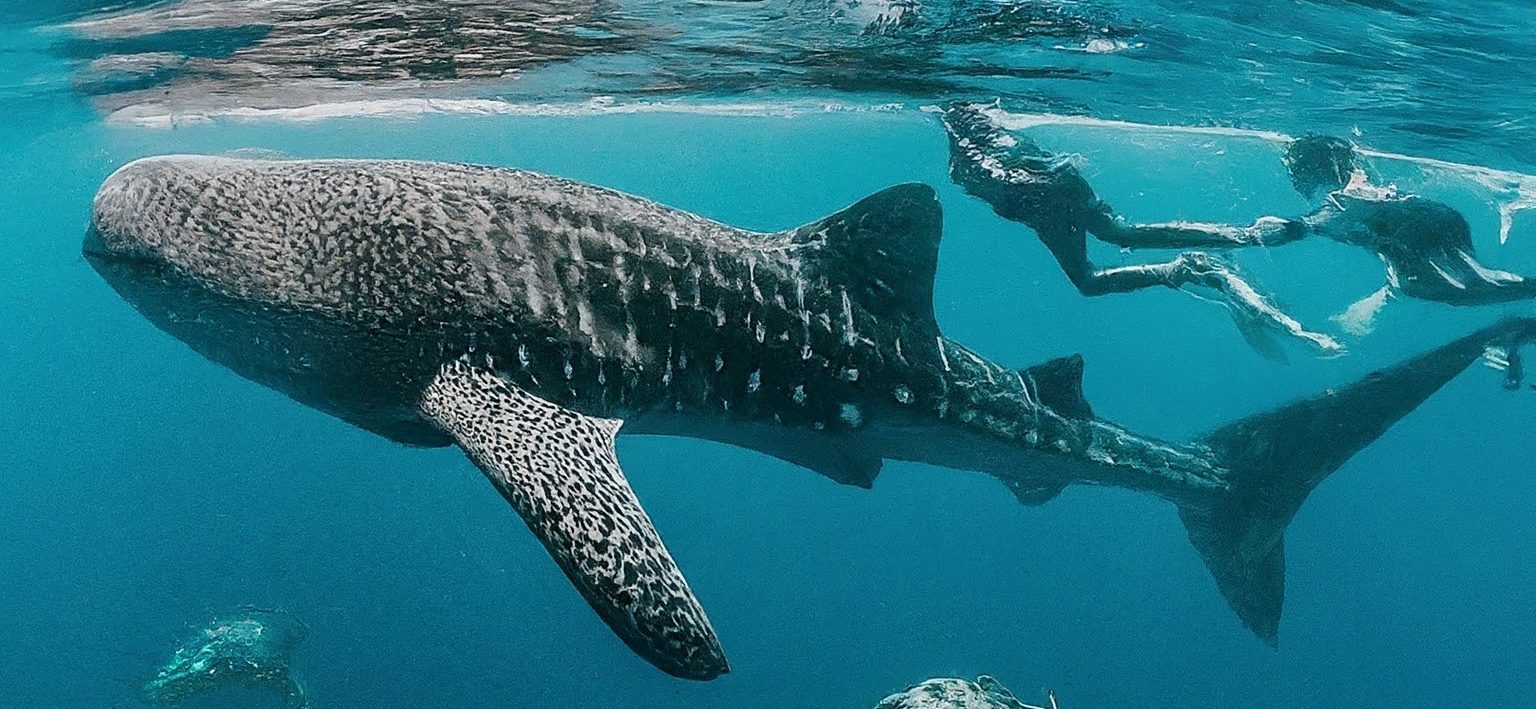Unveiling the Mystery: Shifting Whale Shark Migration Patterns in the Arabian Sea and Ethical Encounters near Oman’s Daymaniyat Islands
The vibrant coral reefs and diverse marine life of the Arabian Sea make it a haven for countless underwater wonders. Among these is the majestic whale shark, the largest fish species on Earth. These gentle giants have captivated scientists and tourists alike with their predictable seasonal movements. However, recent observations suggest a potential shift in their migration patterns, particularly near the pristine Daymaniyat Islands of Oman.

Established Whale Shark Migration Patterns in the Arabian Sea
Historically, whale sharks in the Arabian Sea followed a well-documented pattern documented in studies by Dr. Alistair Dove of the Marine Research Centre at the University of Salford, UK [1]. These seasonal movements are driven by the Southwest Monsoon. During the upwelling season (roughly May to September), plankton blooms fueled by nutrient-rich waters attract whale sharks to the area for feeding.
Shifting Patterns and New Discoveries in the Daymaniyat Islands
Recent observations by marine biologists at the Oman Aquarium and Marine Science Center near Oman’s Daymaniyat Islands suggest a potential change in this established pattern [2]. Sightings of whale sharks outside the typical upwelling season raise intriguing questions: are whale sharks altering their migration routes due to environmental changes, or are we simply uncovering previously unknown aspects of their behavior?
Possible Causes for Shifting Whale Shark Migration
Several factors could be influencing this potential shift. Climate change and warming sea temperatures are known to impact ocean currents and plankton distribution, potentially altering the whalesharks’ food sources. Additionally, increased fishing activities in traditional feeding grounds might be forcing these gentle giants to explore new areas.
Importance of Research and Conservation for Whale Sharks
Understanding these potential changes is crucial for the conservation of whale sharks. Continued research by institutions like the Oman Aquarium and Marine Science Center, along with international collaboration, will help us unravel the mysteries behind these shifting migration patterns.
Oman: A Leader in Whale Shark Research and Conservation
Oman has emerged as a leader in whale shark research and conservation efforts. The establishment of Marine Protected Areas (MPAs) like the Daymaniyat Islands provides safe havens for these magnificent creatures. Responsible tourism practices, such as regulated snorkeling trips with whale sharks, can generate revenue for conservation initiatives while fostering appreciation for these gentle giants.
The Daymaniyat Islands: A Paradise for Ethical Whale Shark Encounters
The Daymaniyat Islands, located off the coast of Muscat, Oman, offer a unique opportunity to witness these majestic creatures in their natural habitat. With its crystal-clear waters and thriving coral reefs, the islands are a designated MPA, ensuring a protected environment for whale sharks and other marine life.
Swim Alongside Whale Sharks with Aura Divers: Ethical Whale Shark Snorkeling
Intrigued by the possibility of encountering a whale shark on your Omani adventure? Look no further than Aura Divers! We offer unforgettable snorkeling trips to the Daymaniyat Islands, allowing you to observe these gentle giants in their natural habitat. Unlike some operators, we ensure our trips are entirely ethical. We prioritize a respectful and sustainable approach by not manipulating whale shark behavior through feeding, ensuring a pristine encounter for both you and these magnificent creatures.
The Future of Whale Shark Migrations in the Arabian Sea
The potential shift in whale shark migration patterns in the Arabian Sea highlights the need for continued research and conservation efforts. By working together, scientists, conservationists, and responsible tourism operators like Aura Divers can ensure a future where these gentle giants continue to grace the waters of the Arabian Sea, including the Daymaniyat Islands.
Citations:
- Dove, Alistair D. M., et al. “Spatial and temporal patterns of whale shark (Rhincodon typus) occurrence in the Arabian Sea.” Marine Biology 153.4 (2008): 995-1004.
- Oman Aquarium and Marine Science Center. Unpublished observations.


